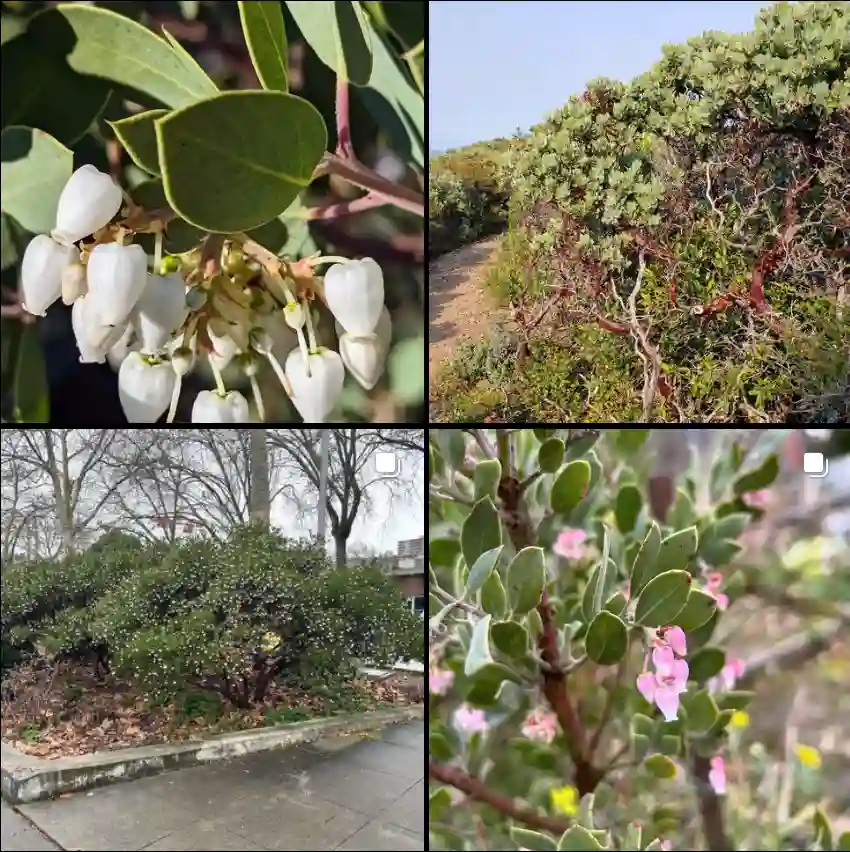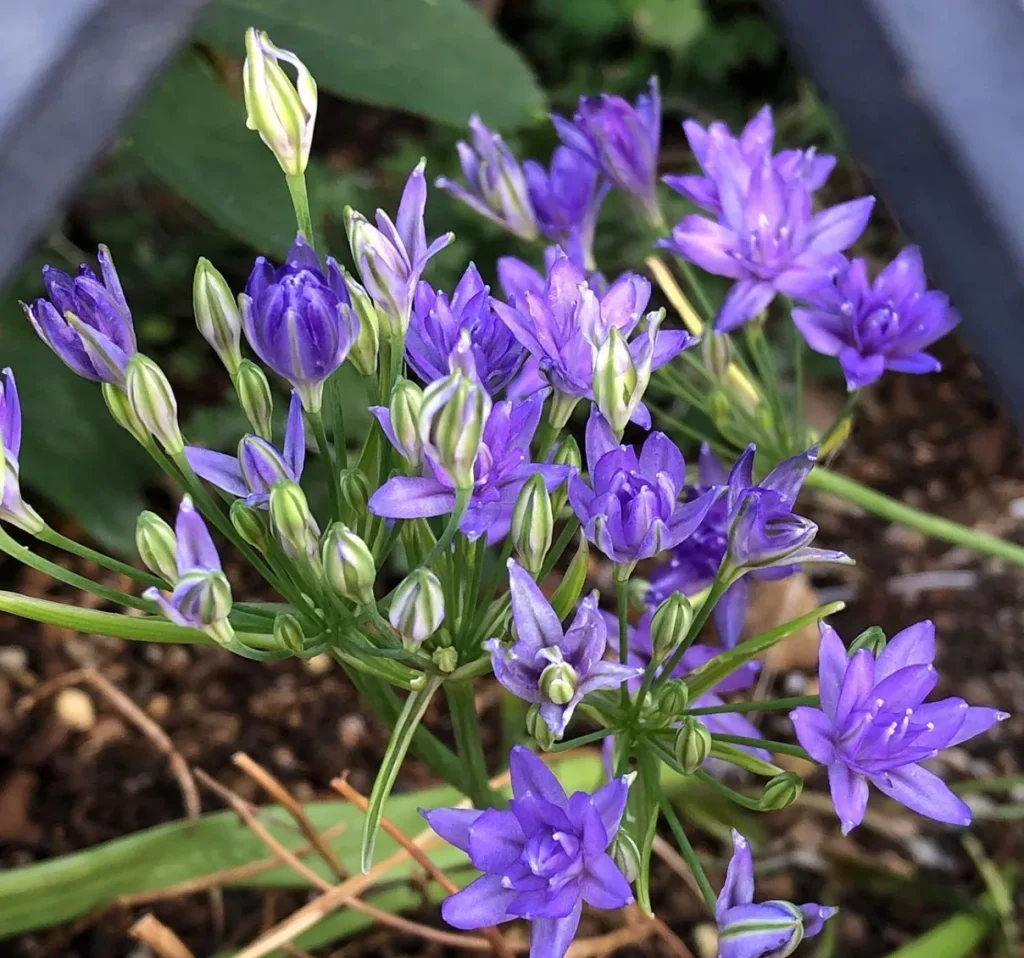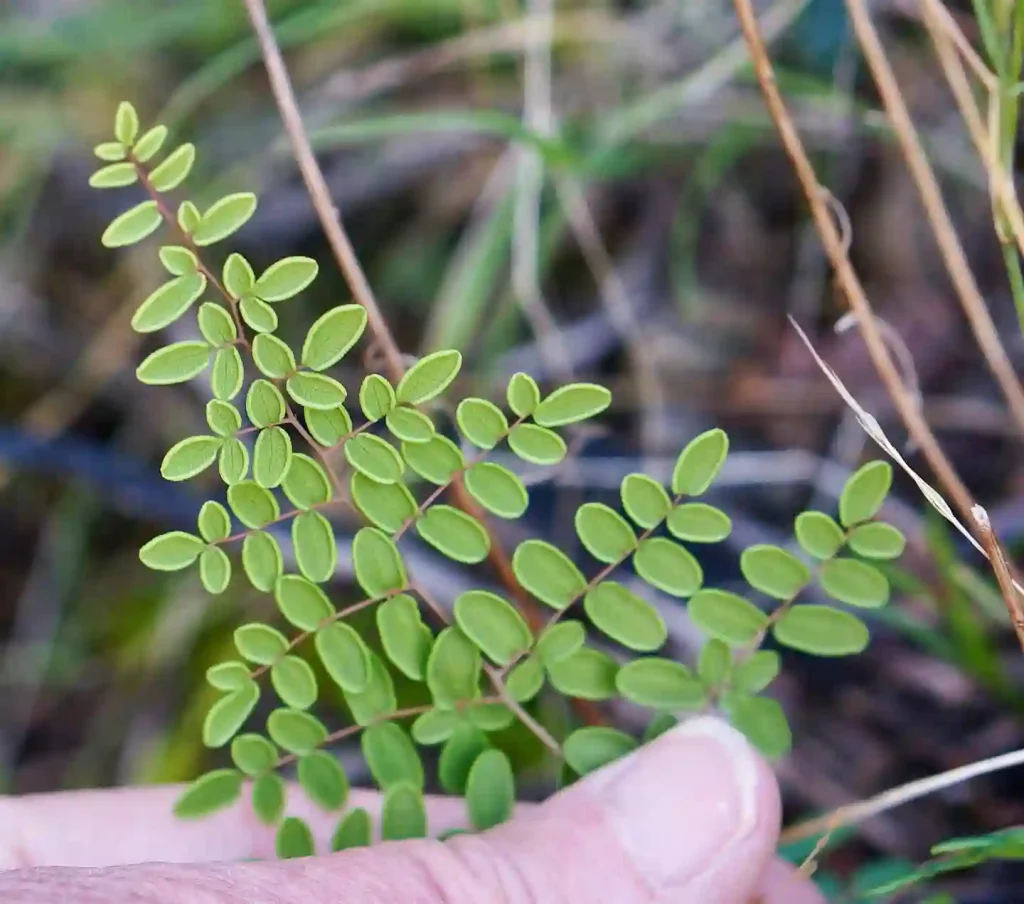Encountering the Redbay: A Gardener’s Tale
The world of plants offers endless surprises, and my recent encounter with Persea borbonia, a synonym of Tamala Borbonia, or the redbay, was no exception. This attractive evergreen native to the southeastern United States piqued my curiosity. Its leathery, aromatic leaves held the promise of something interesting, and I dove headfirst into researching this hidden gem.
109 Species in Genus Persea
A Fragrant Beauty
The redbay, with its potential to reach heights of 70 feet, is a statuesque presence in the landscape. Its dense, rounded crown provides welcome shade, and the reddish-brown bark with its irregular furrows adds a touch of rustic charm. But the true magic lies in the leaves. A brush against them releases a spicy fragrance, reminiscent of bay laurel, its close relative. Crushing a leaf between your fingers intensifies the aroma, transporting you to a world of culinary possibilities.
Persea Borbonia vs Palustris
I’ve had both Persea borbonia and Palustris in my garden, and I find Persea borbonia’s dense, glossy foliage to be a standout, offering a more refined and elegant look compared to the often more scraggly appearance of Palustris. While Persea borbonia requires less frequent pruning and seems to hold up better against pests, Palustris can be more resilient in wetter conditions, making it a more practical choice for areas prone to standing water.
Is Persea borbonia used in cooking?
This was the first question that sprang to mind. The answer, unfortunately, is a bit more nuanced. While the leaves do possess a bay-like aroma, their flavor profile leans more towards a peppery bitterness. Unlike the common bay leaf, Persea borbonia isn’t typically recommended for direct culinary use. However, some adventurous chefs experiment with using the leaves sparingly to add a unique depth to soups and stews. It’s important to exercise caution here, as ingesting large quantities can cause stomach upset.
Beyond the Kitchen: A Gardener’s Delight
While the culinary applications of Persea borbonia might be limited, its value as a landscape plant is undeniable. Its dense foliage provides a haven for wildlife, attracting birds and pollinators. The redbay is also known for its salt tolerance, making it a perfect choice for coastal gardens. The reddish-brown wood, with its ability to take a beautiful polish, has found use in fine cabinetwork, adding a touch of nature’s elegance to interiors.
Will Persea borbonia grow in full sun?
This is a crucial consideration for any gardener. The redbay thrives in partial shade to full shade. While it can tolerate some sun exposure, particularly in the morning hours, harsh afternoon sun can scorch the leaves. Planting your Persea borbonia under the dappled shade of larger trees or incorporating it into a woodland garden will ensure it flourishes.
How to care for Persea borbonia?
With a little TLC, your Persea borbonia will reward you with years of beauty. The good news is, it’s a relatively low-maintenance plant. Well-drained soil is key, and once established, the redbay is quite drought tolerant. Regular watering, especially during the first year after planting, is essential. As for fertilizer, a light application of a balanced fertilizer in early spring will keep your plant happy. Pruning can be done to maintain desired size and shape, but avoid drastic cuts, as Persea borbonia is a slow grower.
What to Plant With Persea borbonia?
The redbay’s versatility allows it to be incorporated into various garden designs. Pair it with shade-loving perennials like ferns and hostas for a lush, green haven. Azaleas and rhododendrons with their vibrant blooms create a stunning contrast against the redbay’s dark foliage. For a touch of the tropics, consider planting bromeliads or ginger at the base of the tree, taking advantage of the dappled shade it provides.
A Final Note: A Threatened Beauty
It’s important to acknowledge the challenges faced by Persea borbonia. A fungal disease known as laurel wilt has devastated populations in recent years. If you’re considering planting a redbay, ensure you obtain healthy specimens from reputable nurseries. By choosing disease-resistant varieties, we can help ensure the survival of this magnificent native tree.
The encounter with Persea borbonia has been a fascinating journey. From its captivating fragrance to its ecological importance, this tree offers a unique perspective on the wonders of the natural world. With a little knowledge and care, you can cultivate your own piece of paradise with this southeastern gem.
If i die, water my plants!



